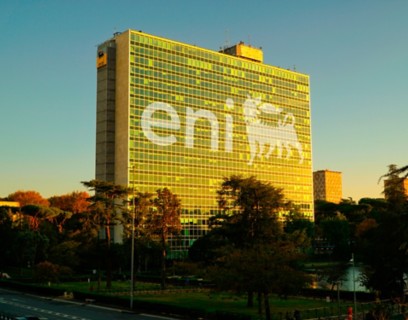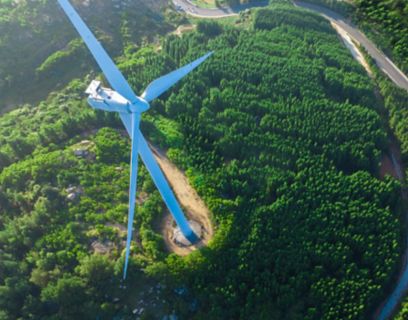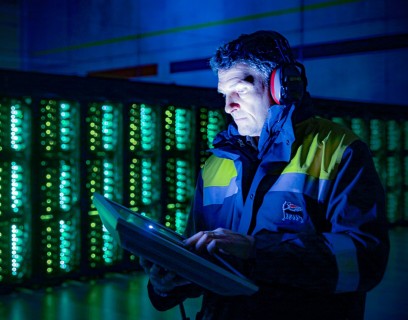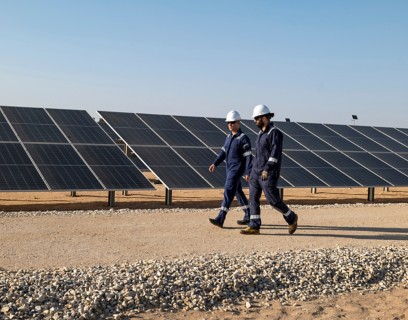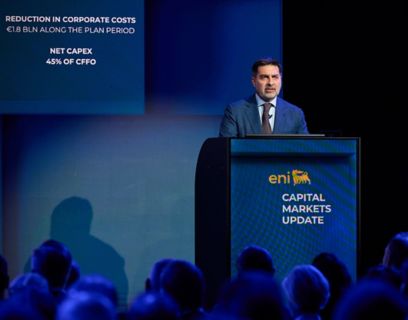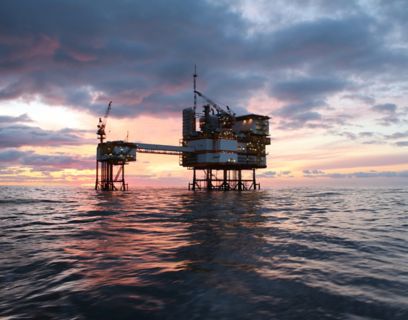MyEni Login
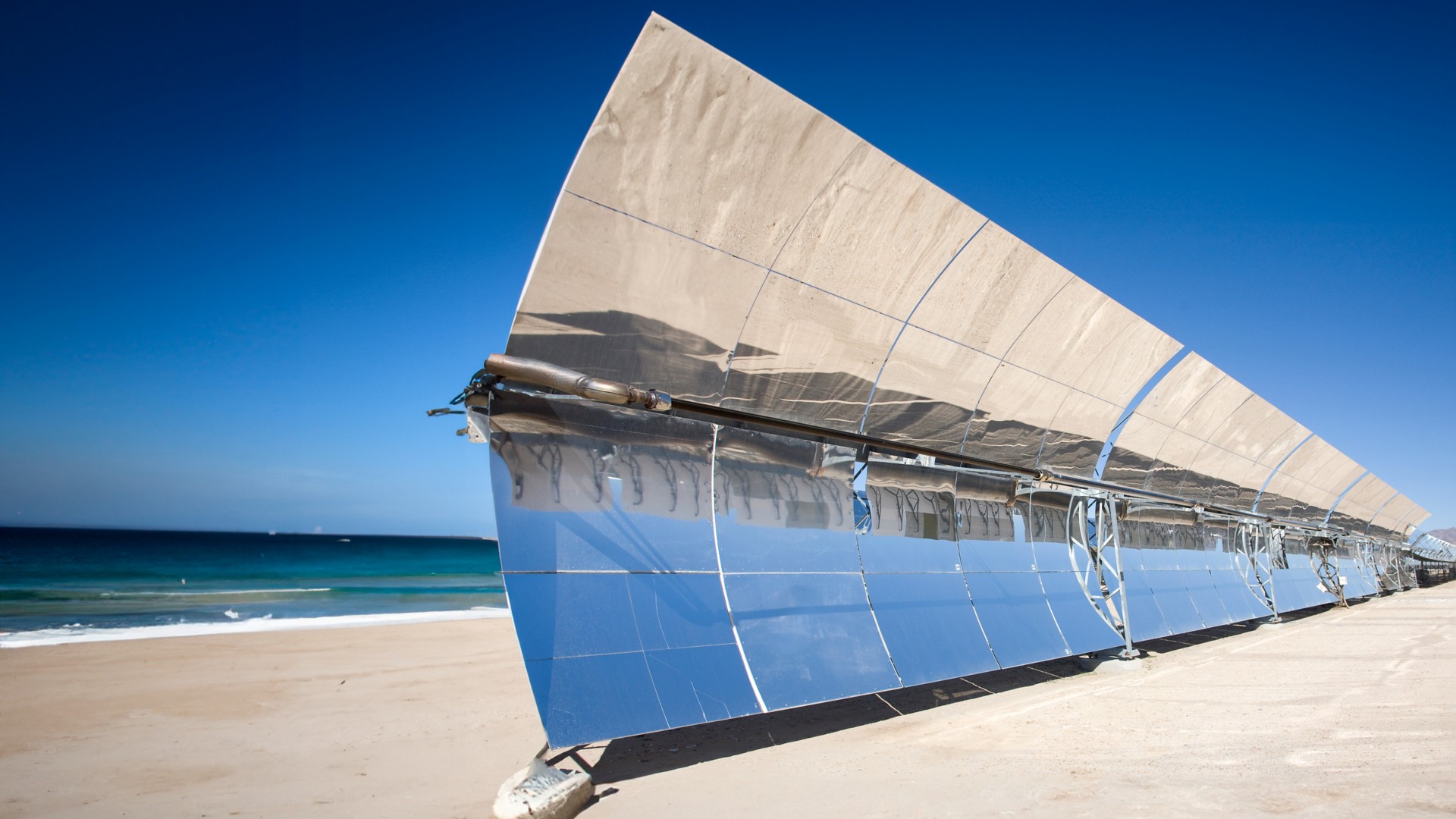
What is concentrated solar power?
Solar thermal energy systems use the renewable source of the sun to produce heat. In order to achieve the high temperatures needed in industry or for power generation, the power of the sun must be multipled through concentration systems. The most established configuration of concentrated solar power (CSP) or concentrated solar thermal (CST) consists of parabolic mirrors that reflect and concentrate the sun’s rays at a single point, called a focus, accumulating heat up to temperatures of over 500°C; this heat can be used to produce thermal energy or electricity in a renewable way.
The system has been in use since ancient times, but at the Eni Research Centre in Novara have developed new solutions that reduce its production cost while increasing its simplicity and versatility and, subsequently, the possibilities for its use in various contexts. All of this is done while maintaining high optical and thermal efficiency.
Main features

Pilot
Thermal energy
Electric energy
Politecnico di Milano,
Massachusetts Institute of Technology (MIT) in Boston
What is it for?
The thermal energy produced with CSP technology can be used within production cycles that require heating processes to produce steam for direct use or to drive a turbine and produce electricity. The principle was already known in Archimedes' time and has been applied industrially since the 1970s. In Eni's laboratories, in collaboration with the Politecnico di Milano and MIT Boston, we have developed new technological solutions which are currently being tested in Gela to assess their application possibilities.
How does it work?
The sun's rays are concentrated by linear parabolic mirrors onto a tube called a receiver, placed in the geometric focus of the dish through which a thermovector fluid flows (i.e. one capable of storing and transporting heat). Thanks to an exchanger, this heat can be used in industrial processes or used to generate steam. Steam can then turn a turbine and produce electricity.
To make the system more efficient, we worked on four elements: the mirror, the casing of the receiver tube, the heat transfer fluid, and the support structure. For the reflective surface, we chose a special PET and silver film that is much lighter, stronger and cheaper than traditional glass mirrors. The pipe that the fluid flows through is made of multilayer steel and ceramic with optimised thermal properties. For the fluid, we opted for a mixture of molten salts that solidifies at much lower temperatures than the fluids used thus far. Finally, in the overall design we adopted the simplest structural solutions possible.
Notes
1) A lower solidification temperature of the heat transfer fluid allows us to keep it circulating at lower temperatures during night hours, thus significantly decreasing the system’s thermal losses.
2) Higher absorptances and lower emissivity of the receiver pipe allow more efficient use of solar radiation, so smaller solar fields can be constructed with considerable cost savings for the entire system.
Features and performance
The solutions developed by Eni research can reduce the cost of mirrors by up to four times and halve the cost of a concentrating solar power plant. Savings are coupled with an improvement in the individual components’ efficiency.
fluid solidification point (vs. ~250°C for conventional fluids) ¹
absorbance of the pipe that the fluid flows through ²
pipe emissivity (at 550°C) ²
fluid solidification point (vs. ~250°C for conventional fluids) ¹
absorbance of the pipe that the fluid flows through ²
pipe emissivity (at 550°C) ²
Technological partners
The other possibilities of solar energy
HPC5, the supercomputer serving energy
Eni.com is a digitally designed platform that offers an immediate overview of Eni's activities. It addresses everyone, recounting in a transparent and accessible way the values, commitment and perspectives of a global technology company for the energy transition.
Discover our mission


